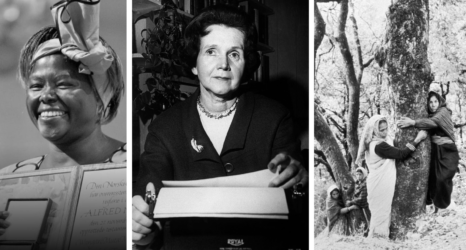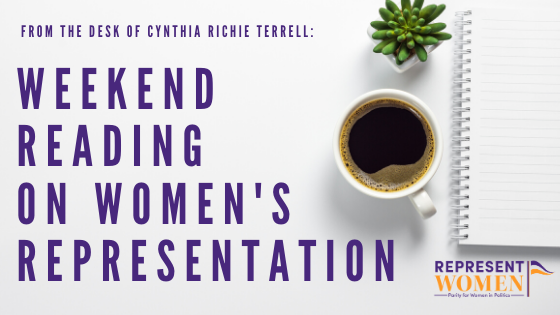
Weekend Reading on Women’s Representation is a compilation of stories about women’s representation in politics, on boards, in sports and entertainment, in judicial offices and in the private sector in the U.S. and around the world—with a little gardening and goodwill mixed in for refreshment!
Ranked-Choice Voting in Multi Winner Districts “Central to Saving Representative Democracy in America”

Gerrymandering is not a new problem, but its impact has reached epic levels. Only a fraction of House races are competitive this election cycle, which means that most incumbents (who are 73 percent men) will win. While there are a number of terrific women candidates running there are not enough open or competitive seats to make serious progress toward gender balance this fall.
New York Times editorial board member Jesse Wegman wrote a very compelling piece that explores the process of drawing districts, the impact of independent redistricting commissions, and the best practices to address the root causes of our electoral dysfunction.
The solution Wegman proposes—proportional ranked-choice voting—will eliminate gerrymandering, ensure partisan fairness, elect multiple constituencies of color in larger districts, and will create competitive districts that women have a much better chance of winning. RepresentWomen predicts that 40 percent more women will get elected to the House in the first few election cycles after adoption of proportional ranked-choice voting which means far more women in positions of power—in our lifetimes:
From the presidency down, American electoral politics gives 100 percent of the spoils to one side and zero to the other — a bad formula for compromise at any time and especially dangerous when the country is as polarized as it is today. But at least some of that polarization can be attributed to the manner in which we choose our representatives.
In Congress, districts are represented by a single person, which is harmful in two ways: First, it’s hard to see how one person can adequately represent three-quarters of a million people. Second, even though representatives are supposed to look out for all their constituents, the reality of our politics means most people who didn’t vote for the winner will feel unrepresented entirely.
The solution: proportional multimember districts. When districts are larger and contain three or even five members, they can more accurately capture the true shape of the electorate and let everyone’s voice be heard. And if the candidates are chosen through ranked-choice voting, then Republicans, Democrats and even third parties can win representation in Congress in rough proportion to their vote share. It’s no longer a zero-sum game that leaves out millions of Americans.
The founders were comfortable with multimember districts, just as they were with a House of Representatives that kept expanding. In fact, such districts were common in the early years of the Republic, but Congress outlawed them at the federal level, most recently in 1967, partly out of a concern that Southern lawmakers were using them to entrench white political power — a problem that ranked-choice voting would solve.
These reforms may sound technical, but they are central to saving representative democracy in America.
Plurality Wins in Primaries Undermine Democracy
According to new research from FairVote, there have been 55 ‘winners’ of congressional and statewide-office primaries who have won with less than 50 percent or the vote. Antiquated winner-take-all voting in primaries contributes to split votes among candidates—which hits women candidates especially hard if voters are forced to choose just one—and disenfranchises those voters who only participate in the general election:
New analysis from the nonpartisan elections reform group FairVote found that, so far, the winners of 55 congressional and statewide primaries in 2022 have garnered less than 50 percent of the vote. Nineteen of these elections were decided by less than a third of voters.
To date, 32 states have held some or all of their primaries. This means that the number of races in which a majority of voters cast a ballot for someone other than the winner is likely to increase before the primary season is wrapped up.
“The current system is failing voters, most obviously in the 90 percent of districts that are so partisan that the election is decided in the primary. The winner is chosen by only a fraction of a fraction of the electorate,” said Rob Richie, president and CEO of FairVote.
Most congressional districts are safe for one party or the other due to factors like partisan gerrymandering, and sometimes just because of voting trends and party registration within a community. Regardless of the reason, partisan leanings are so strong in a district, however, nearly all elections are effectively decided in low-turnout primary elections. A candidate can secure their general election win with a third of the vote in elections that have less than 20 percent turnout.
132 More Years to Gender Parity, According to World Economic Forum

The World Economic Forum has released its report on the global gender gap, which has widened over the course of the last several years. The top ranked countries for women’s equality all have some type of proportional electoral system that yields social and economic policies that benefit women.
According to this analysis in Fast Company, the United States comes in at 27th place with a rating of 76.9% out of 100:
The World Economic Forum has released its 2022 report on the global gender gap. The annual report examines four main metrics of gender parity: economic participation and opportunity, educational attainment, health and survival, and political empowerment. The more parity between males and females in these areas results in a higher overall score for a country.
The Global Gender Gap Report for 2022 covers 146 countries, and while there are some standout countries that are clear leaders in reducing their gender gaps entirely (when compared with most other countries), the report also makes for a pretty depressing read across the board. On a global scale, the world has reached 68.1% gender parity. The goal, of course, is 100%. At the current rate of progress, WEF estimates it will take another 132 years for full global gender parity.
That length of time is disappointing in itself, as the timeline for full gender parity has actually increased. Before 2020, the World Economic Forum estimated it would take only 100 years to reach full gender parity on a global scale. Why the longer timeline now? Blame the pandemic and the resulting jobs lost (which disproportionately impacted women), as well as increasing geopolitical uncertainty around the world.
Quotas for Women on Boards in Ireland
🗣️@sonyalennon Senator @Fiona_Kildare and @EmerHigginsTD all spoke at our recent event with @IrlEmbOslo calling for legislative #genderquotas on corporate boards as part of our #WomenOnBoards campign
— Womenscouncilireland (@NWCI) July 8, 2022
Watch here to discover why gender quotas *just make sense* 👇 pic.twitter.com/bRTyxilHGp
Legislation that would create quotas for women on boards in Ireland (another country with proportional voting) is moving through parliament according to this story on FM 104:
A new Gender Balance Bill is one step closer to being passed, after reaching the Second Stage debate in the Dáil.
The Bill will require all companies to have 33 per cent of each gender on their board within the first year, and 40 per cent within three years.
Fine Gael TD Emer Higgins says she wants men and women to have equal opportunity to not just get their foot in the door, but to earn a seat at the boardroom table.
Women Gain Seats in Japan’s Upper House
Women will now hold 26 percent of seats in Japan’s upper house after elections this week, surpassing the percentage of seats held by women in the United States Senate which remains for now at 24 percent:
Sunday’s Upper House election saw a record 35 seats go to women, with veteran lawmakers and new contenders of all stripes voted in.
In a race overshadowed by the murder of former Prime Minister Shinzo Abe — who during his tenure pushed the slogan “a society where every woman can shine” — a record 181 women ran for the Upper House, where over half of the 245 seats were up for grabs.
The number of seats won by female candidates — 21 from electoral districts and 14 through proportional representation — is the largest in the upper chamber’s history, up from 28 in the previous two elections, held in 2016 and 2019.
Female candidates had accounted for 33.2% of the total running, the highest percentage ever, though not yet reaching the government’s goal of bringing the ratio of women running in parliamentary elections to 35% by 2025.
Gender Gap Grows in Australia
The percentage of women has increased in the Australian parliament, and Women’s Agenda reports that the gender gap among women voters in support for the leading parties has widened according to new polling data from the Australia Institute:
Women are less likely to vote for the Coalition by up to 10 percentage points compared to men, according to a new analysis that has been conducted since the federal election.
The Australia Institute conducted an evening poll on the night of the federal election on May 21 and a subsequent poll in June, that shows less women than men voted for the Coalition, and women’s support continued to drop in the weeks after the election.
There was a 7 percentage point gap between male and female Coalition voters at the federal election, with 37 per cent of men voting for the Coalition, compared to 30 percent of women.
Three weeks after the federal election, just 28 per cent of women said they would vote for the Coalition, compared to 38 percent of male voters.
Australians also viewed the “treatment of women” as one of the biggest weaknesses for the Coalition at the election, second only to the “state of aged care”.
Climate Emergency Day
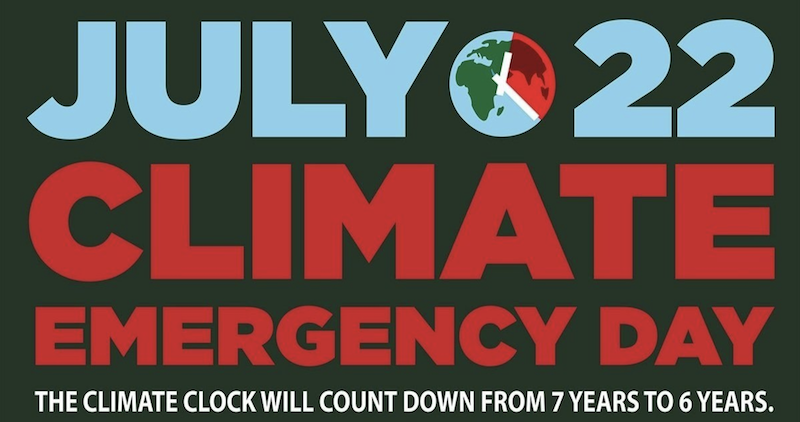
July 22 is Climate Emergency Day. I hope you’ll help to amplify the great work of Climate Clock, who are doing all they can to understand the science driving our changing climate and to motivate us all to take action to protect our planet. Flooding, heat waves and economic insecurity impact all of us but these realities threaten women’s lives in particular.
Remember to check out this week’s must reads and stay tuned for the 2022 Gender Parity Index that we plan to release next month!
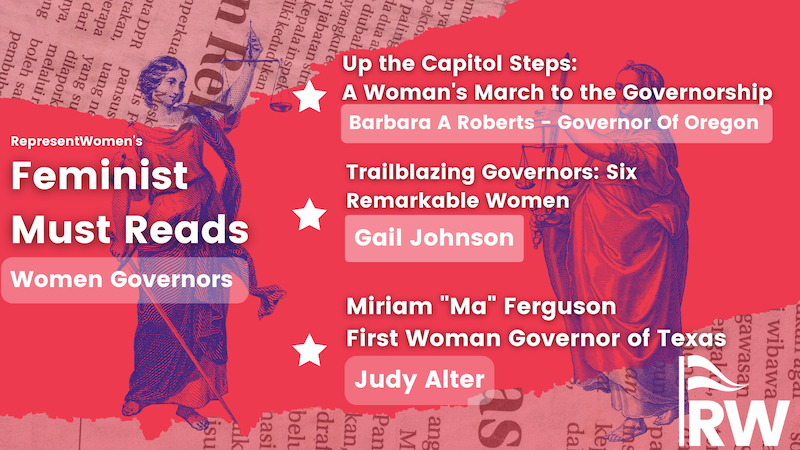
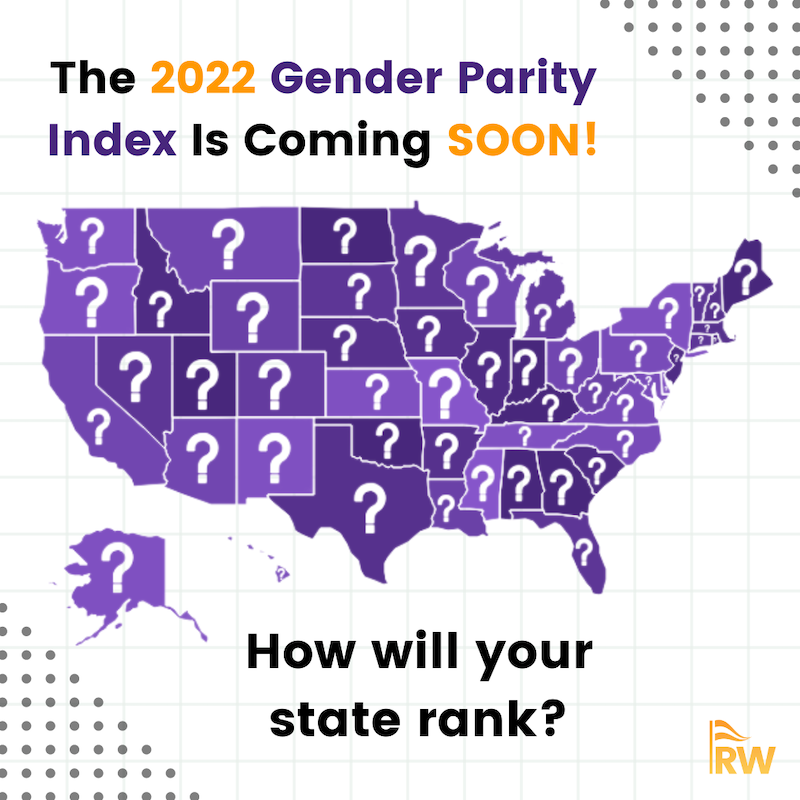
The water lilies in my pond are lovely….

That’s all for this week.
Cynthia
Up next:





